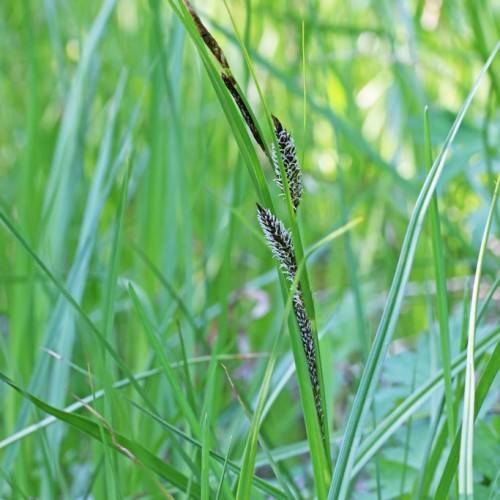
Parry's Sedge
Carex parryana
Watering:
Minimal
Hardiness Zone:
Sun:
full sun,part shade
Leaf:
Yes
Growth Rate:
Low
Drought Tolerant:
Yes
Salt Tolerant:
Yes
Care Level:
Medium
watering
Parallel Sedge should be watered once every 5 to 7 days, providing 1 to 1.5 inches of water per watering. Because the plant thrives in moist, well-draining soil, it is important that the soil is kept moist, but not soggy. Water until the soil is saturated and excess water runs out of the drainage holes. Additionally, during periods of extreme temperatures, the Parallel Sedge may require supplemental watering.
sunlight
Parallel Sedge (Carex parallela) thrives in full sun, though it is also tolerant of partial shade. For optimal growth, it is best to provide Professional Sedge with 2-4 hours of direct sun per day in spring and summer. In the fall and winter it should receive at least 3-4 hours of direct sun. Try to give the plant some protection from the hottest midday sun during the summer to reduce stress. Avoid placing the plant in overly shaded locations as this will decrease flowering and reduce the plants overall health.
pruning
Parallel Sedge should be pruned in late spring or early summer, generally after bloom. Pruning should be relatively light, trimming only up to 1-third of the plant in any area. During pruning, old flower spikes should be removed and any damaged foliage cut back. It is best to avoid drastic pruning of this plant as it may lead to reduced blooms or sparse growth.
